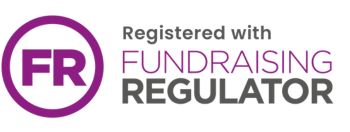A study by researchers in the Netherlands investigated how many people return to work after acquired brain injury (ABI).
The rates of returning to work vary widely (approximately 12% - 70%) in many published studies due to differences in sample sizes, injury severity and other factors. This study sought to find a more accurate estimate by pooling the data from all papers of sufficient quality. The research also looked at the differences in outcome between traumatic and non-traumatic injuries, the rates of returning to work over time and whether or not people returned to their former job.
A systematic literature search of papers published between 1992 and 2008 was performed and the quality of the studies was assessed. 49 studies from all over the world were rated as robust enough to be included. Overall, 39.3% of the participants with non-traumatic ABI, such as stroke, returned to work within two years of injury. Among people with traumatic brain injury, 40.7% returned to work after one year and 40.8% after two years.
The results showed that the length of time since injury made little difference to the chances of returning to work following all forms of brain injury. It was found that many people with traumatic brain injury who did return to work were not able to sustain their job and also that changes of occupation and job demands are common among people with ABI. These findings illustrate the difficulty many people have in finding employment and show the importance of providing specialist support.










